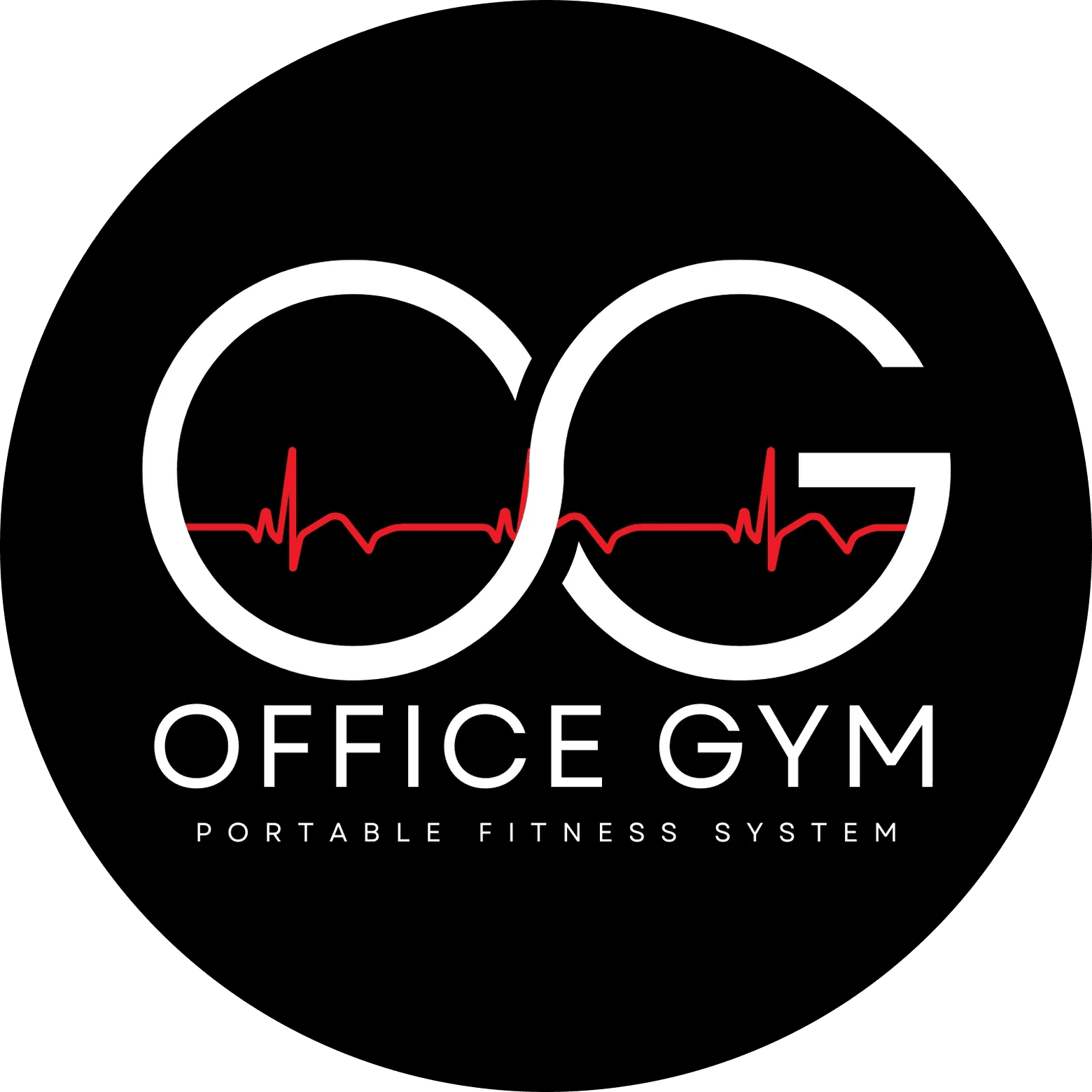Bone Density and Women Over 50: Don't Let it Slow You Down

As women reach their 50s and beyond, one of the most important but often overlooked health concerns is bone density loss. Strong bones form the foundation of independence, mobility, and long-term health. Unfortunately, nearly half of women over 50 will experience osteoporosis or low bone mass, dramatically increasing the risk of fractures and reduced quality of life.
But here’s the good news: bone loss doesn’t have to be inevitable. By understanding the causes, prioritizing the right lifestyle habits, and using practical tools like The Office Gym Portable Fitness System, women can protect their bones and preserve their strength well into the future.
Why Bone Density Declines After 50
Bone is not static—it’s living tissue that is constantly being broken down and rebuilt. In younger years, the body balances this process by producing enough new bone to replace what’s lost. But after menopause, estrogen levels drop, which accelerates bone breakdown.
The result?
- A decline in bone mineral density (making bones weaker).
- A higher risk of osteoporosis (a disease where bones become fragile and break easily).
- Increased likelihood of fractures, especially in the spine, hip, and wrist.
According to the National Osteoporosis Foundation, one in two women over 50 will break a bone due to osteoporosis in her lifetime. This is not only painful and limiting, but it can also reduce independence and overall health.
How Bone Loss Impacts Daily Life
Bone density isn’t just about avoiding fractures. Weak bones affect almost every aspect of life. For many women over 50, low bone mass can lead to:
- Reduced mobility – making it harder to walk, climb stairs, or carry groceries.
- Postural changes – slouching or stooping due to weakened vertebrae.
- Balance challenges – a higher chance of falls, which further increases fracture risk.
- Loss of independence – needing assistance for everyday activities after an injury.
The connection between bone health and quality of life is direct. Strong bones equal confidence, freedom, and the ability to keep doing the things you love.
The Role of Exercise in Bone Health
Not all types of exercise build bone strength. For women over 50, the most effective forms of activity are weight-bearing exercises and resistance training. These forms of movement put a gentle, healthy stress on bones, signaling the body to build new bone tissue.
Some of the most effective bone-building movements include:
- Resistance band/tube exercises for arms, legs, and back.
- Squats and lunges, which strengthen the hips and legs.
- Core and posture work, which support spinal alignment.
- Balance training, which reduces the risk of falls.
The key is consistency. Even short sessions done daily can have a big impact over time.
The Office Gym Advantage
This is where The Office Gym Portable Fitness System becomes a game-changer. Most women know they need to exercise more, but life is busy and gyms aren’t always convenient. The Office Gym removes those barriers by making bone-strengthening exercise simple, accessible, and part of your normal day.
Here’s how it helps:
- Convenience at Your Desk
The Office Gym attaches easily to your workspace, allowing you to sneak in bone-strengthening moves during the workday without interrupting productivity. - Progressive Resistance
Our resistance tubes come in multiple strengths, allowing you to start light and gradually increase intensity—a proven way to stimulate stronger bones. - Balance and Stability Training
Using The Office Gym regularly improves posture, balance, and coordination—essential for preventing falls and protecting fragile bones. - Portability
Whether you’re at home, in the office, or traveling, The Office Gym packs easily and sets up in minutes, so your bone health routine never skips a beat. - Consistency Made Easy
Because it’s simple and always within reach, you’re far more likely to use it regularly—turning a few minutes a day into lifelong benefits.
Other Lifestyle Tips for Stronger Bones
Exercise is critical, but it’s only part of the picture. Women over 50 should also focus on:
- Calcium-rich foods like dairy, leafy greens, and fortified products.
- Vitamin D intake, which helps the body absorb calcium.
- Adequate protein, since bones are about 50% protein by volume.
- Limiting smoking and alcohol, which accelerate bone loss.
- Fall-proofing your environment, such as removing tripping hazards and ensuring good lighting.
When combined with regular resistance exercise using The Office Gym, these steps form a complete bone-health strategy.
The Bigger Picture
Bone density loss may be common after 50, but it’s not inevitable. Women who stay active, nourish their bodies, and embrace tools that make exercise accessible can maintain strong bones and vibrant health for decades.
Every time you spend a few minutes working out with The Office Gym, you’re not just reducing the risks of sitting disease—you’re actively building the strength and stability that protect your bones.
It’s about more than avoiding fractures. It’s about living fully, independently, and confidently, knowing that your bones can support the life you want to live.
✅ Takeaway: You don’t need a gym or heavy weights to protect your bones after 50. Resistance exercise with The Office Gym is an easy, effective way to slow bone loss, improve posture and balance, and keep your body strong for the years ahead.
Reach Out
Get in Touch – Let’s Transform Your Workday!
Have questions or ready to upgrade your office fitness? Fill out the form below, and we’ll help you take the first step toward a healthier, more productive you!
